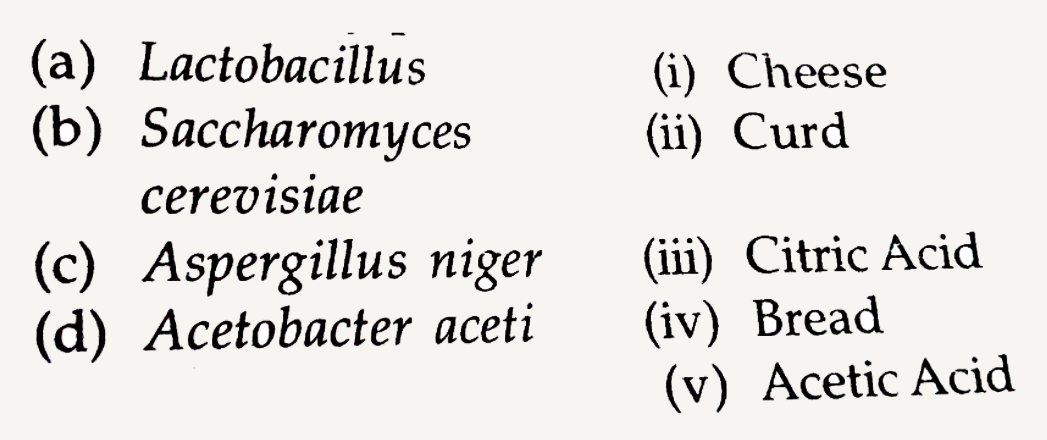Name the following:
The organ that produces urea.
Step-by-Step Solution:
1. Understanding the Question: The question asks for the organ responsible for producing urea in the human body.
2. Amino Acid Metabolism: In the human body, amino acids from the food we consume undergo metabolism. This process involves breaking down amino acids to utilize their components.
3. Role of the Liver: The liver plays a crucial role in the metabolism of amino acids. It is the primary organ responsible for the catabolism (breaking down) of amino acids.
4. Urea Cycle: The breakdown of amino acids leads to the formation of ammonia, which is toxic. The liver converts this ammonia into urea through a series of biochemical reactions known as the urea cycle.
5. Conversion Process:
- The amino acid residues are converted into glutamic acid and glutamine.
- These compounds are then transformed into glutamate.
- Glutamate undergoes deamination, releasing ammonium ions.
- The ammonium ions are converted into carbamoyl phosphate, which reacts with ornithine to form citrulline.
- Citrulline is then converted into arginine, which eventually regenerates ornithine, completing the cycle and producing urea as a byproduct.
6. Conclusion: Since the liver is responsible for synthesizing urea from ammonia through the urea cycle, the answer to the question is that the organ that produces urea is the liver.
---
- The amino acid residues are converted into glutamic acid and glutamine.
- These compounds are then transformed into glutamate.
- Glutamate undergoes deamination, releasing ammonium ions.
- The ammonium ions are converted into carbamoyl phosphate, which reacts with ornithine to form citrulline.
- Citrulline is then converted into arginine, which eventually regenerates ornithine, completing the cycle and producing urea as a byproduct.
Topper's Solved these Questions
Similar Questions
Name the following :
The structure that produces testosterone.
View SolutionName the following:
The organs of digestive system in humans.
View SolutionName the following:
The organs of respiratory system in humans.
View SolutionName the following:
Organisms that cause disease.
View SolutionMatch the following organisms with the products they produce

View SolutionName the following:
The part of the ovary that produces progesterone.
View SolutionName the following:
The organ in which the absorption of food takes place in humans
View SolutionName the gas in the following: The gas produced when excess ammonia reacts with chlorine.
View SolutionName the following:
Organisms that transmit microbes that cause disease.
View SolutionName the The organ where urea is produced.
View Solution
